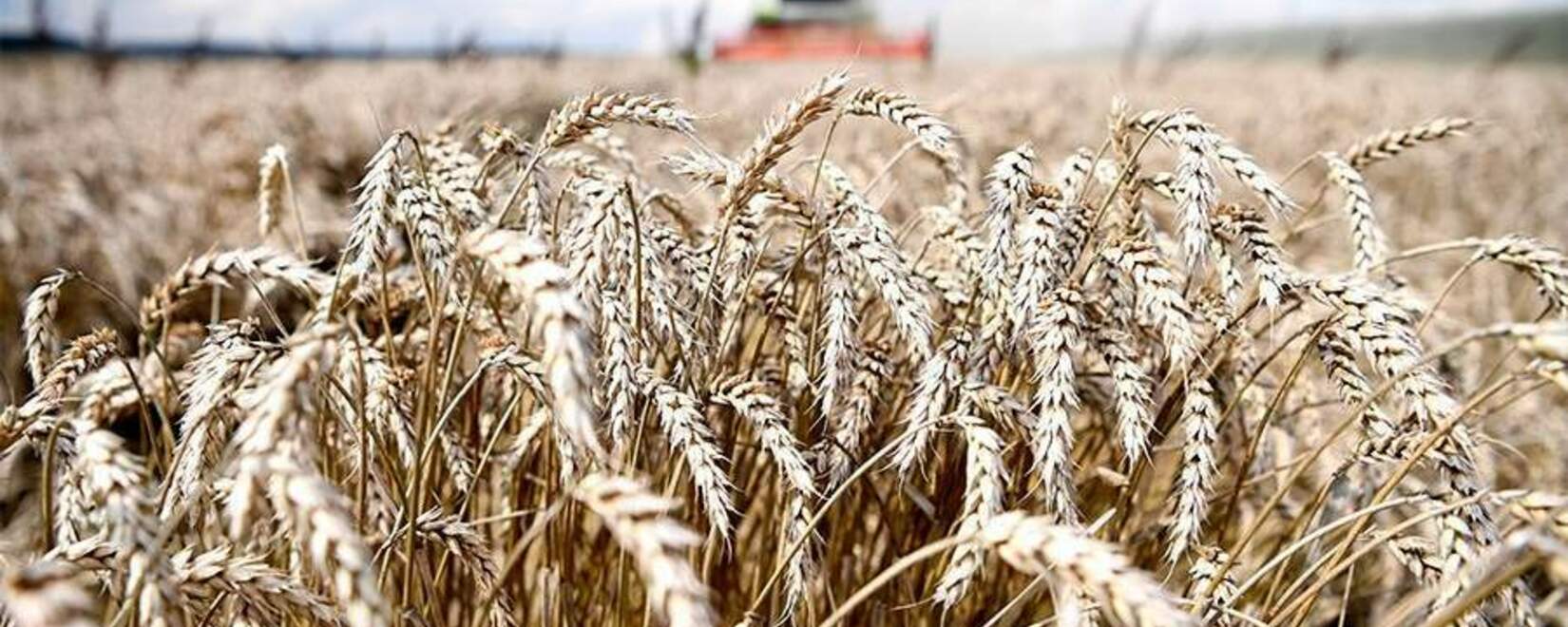In 2024, 110.7 thousand hectares of winter grain crops were sown in the Budennovsk region. These areas are subject to close attention and phytosanitary monitoring by specialists from the regional department of the Rosselkhozcenter.
A team of experts from the Budyonnovsk district department regularly monitors grain fields in order to identify infestation with various diseases. In the first days of 2024, 8.9 thousand hectares have already been inspected. Fusarium root rot was found on an area of 2.3 thousand hectares, and helminthosporium root rot was found on 600 hectares. The most dangerous disease, Ghibelline root rot, was identified during phytosanitary control on an area of 200 hectares.
Ghibelline is the most dangerous disease. Weather conditions in autumn and early winter are favorable for the development of the pathogen (the minimum temperature for the growth of Ghibelline mycelium is 3-5 degrees Celsius). At the time of earing, the disease causes the death of the affected shoots, which can lead to yield loss of up to 80%. In the Stavropol region, the pathogen was first discovered in 1985 on winter wheat, but there were no mass manifestations. Since 2009, in the Stavropol Territory there has been a massive infection of winter grain crops by hibellinosis. The symptoms of the disease are similar to other diseases, which complicates accurate diagnosis at the early stage of infection. Therefore, agricultural producers are recommended to conduct laboratory diagnostics and examinations, which is done by specialists from the Russian Agricultural Center. Ghibellinos affects only winter wheat and winter barley. Infection occurs during seed germination. Usually it affects all tillering shoots of one plant due to the long period of infection. As a result of the disease, the stems become brittle at the stemming stage, and empty stalk also occurs (if the flag leaf is affected). Crops infected with Ghibellinosis look fallen, as if hit by hail,” says Lyudmila Efimova, chief agronomist of the Budennovsky department of the Russian Agricultural Center.
For 18 years, in the Budyonnovsk region they have been fighting the pathogen of hibellinosis on winter wheat with the help of biological fungicides produced by the Stavropol branch of the Rosselkhoztsentr. Biological products are used for early spring treatments on an area of 22 to 48 thousand hectares annually. Biological fungicides help inhibit the development of the pathogen and maintain plant immunity.
Ghibellinosis, caused by the micromycete Gibellina cerealis Pass., leads to various diseases of winter wheat, such as Ghibellinosis, Ghibellinium stem rot, Ghibellinosis spot, false eye spot and whitestraw disease. In the past, this disease manifested itself sporadically and was local in nature in the North Caucasus, but now it is widespread and increasingly takes the form of epiphytoties, which leads to significant crop losses. The optimal temperature for the growth of Ghibelline mycelium is 24-25°C, the minimum is 3-5°C, and the maximum is 30°C.

 Trading platform
Trading platform 
 Monitoring
Monitoring  Express applications
Express applications 
 Fork Work
Fork Work 
 Service
Service  News
News  Directory
Directory 
